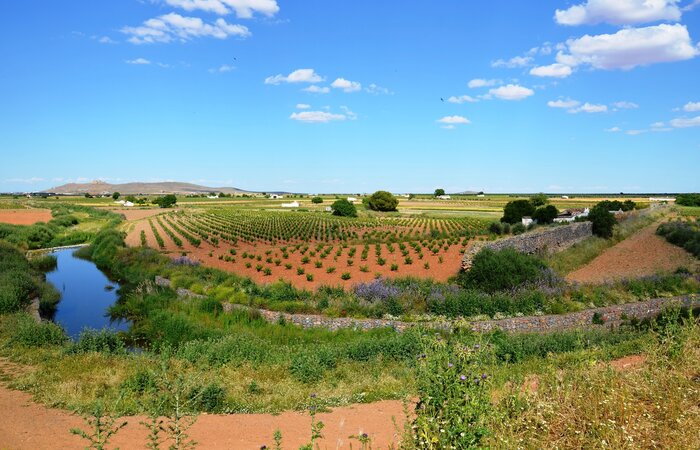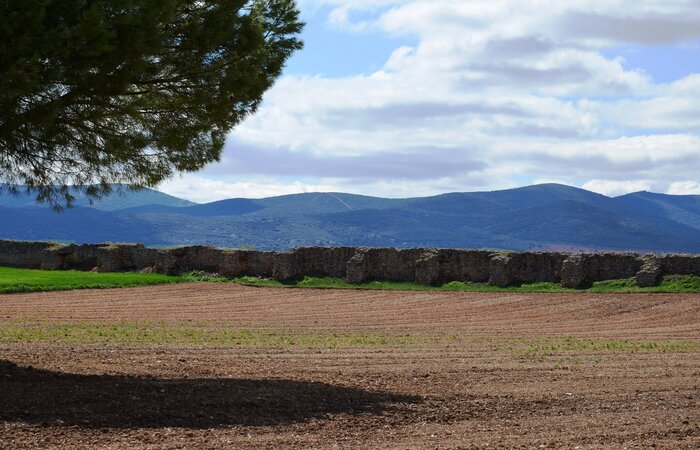Curiosities

Did you know that Consuegra dam is the longest dam in roman Hispania? With more than 600 meters long from one end to the other, its size allowed the embalming of a huge amount of water.
MONUMENTS
Roman Dam
Consuegra's history is a past that you can feel easily, the quality of the archaeological remains found in the area speaks about the importance of the town. The Consuegra roman dam is the best example of the significance that the city had in roman times.
The traveller who arrives in Consuegra will have the opportunity to contemplate the soil and understand the climate that generates it. The water shortage is the most important factor that has shaped geography, landscapes, and in one sense, the way the people of this region are. This lack of flowing water, even in the past, caused that the people at that time to invest enormous amounts of resources, constructing an engineering work as impressive as the dam, taking advantage of the already flat land that characterizes the plateau.

It is a construction highlight as even now, a large part of its retaining walls in good condition. For a strong foundation it is necessary to add several buttresses that reinforced the walls in the points where the water adds pressure and thus to avoid the overflow of water.
There is an interesting structure in the form of a small domed corridor, perpendicular to the retaining wall, which could serve as a spillway in case the water exceeds the capacity of the dam. As we said, it is astounding to see this magnificent engineering work with the necessary preparations and precision with which it was carried out.
The dam gives us precious information about the importance that Consuegra must have enjoyed in the roman period, since the implementation of public works of this scale could only be possible by certain cities with strong and influential social levels in the groups of power.
Finally, the dam’s interest lies not only in its state of conservation and the information it gives us about the culture of water in ancient times. Here you can enjoy one of the best landscapes of Consuegra, where the Montes de Toledo meet the plain of La Mancha characterized by its vineyards, cereals, orchards and olive trees.
